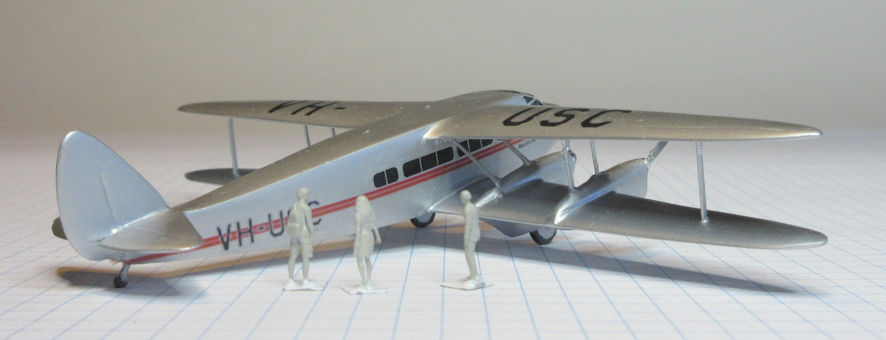
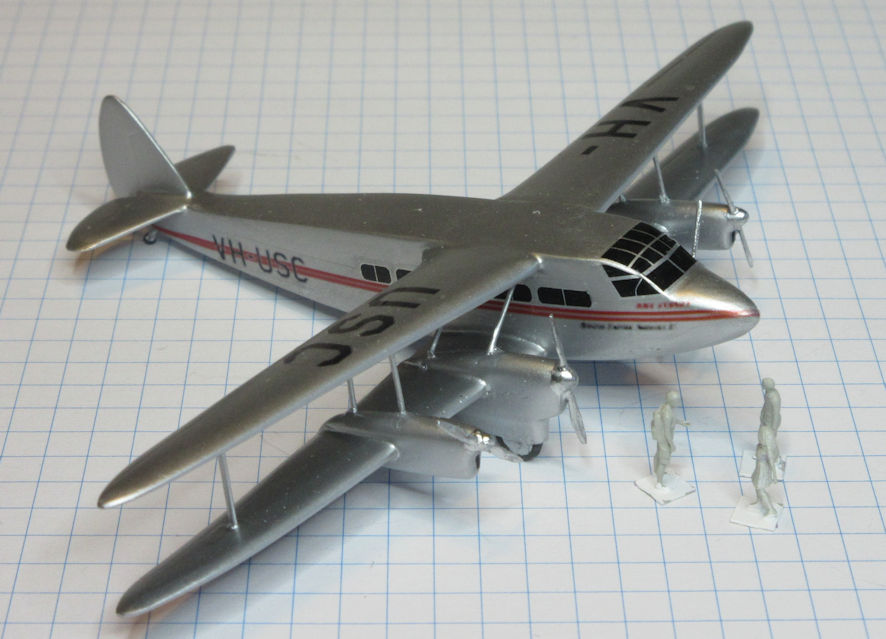
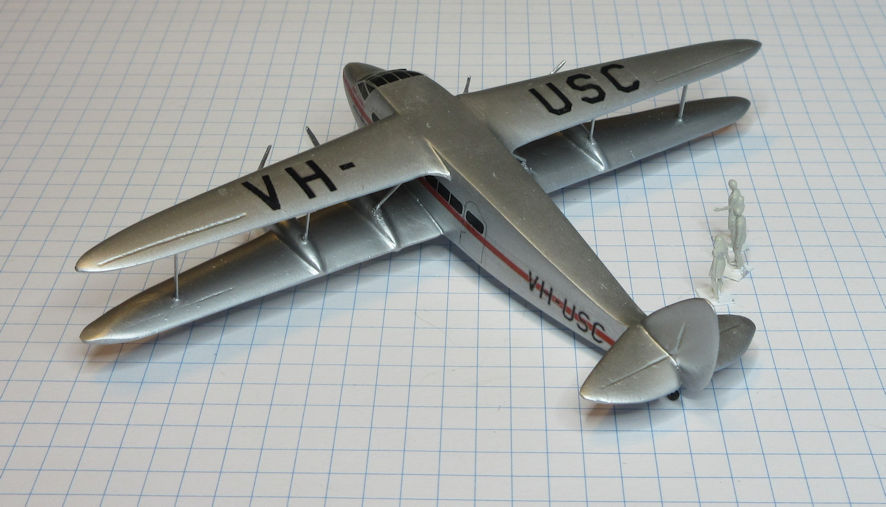
Another rare kit is Adrien Roy’s 1/72 kit of the Bernard HV.40 racing floatplane. Never heard of it? Neither had I until Adrien offered this kit. It was designed as part of a French entry into the Schneider Trophy around 1930. As with the other kits I’ve obtained from Adrien, this is a little gem of a kit, beautifully moulded in resin. It is not really an easy kit to make - for me it was the problem with getting the fuselage and floats lined up properly - but the end result is a lovely looking little model.


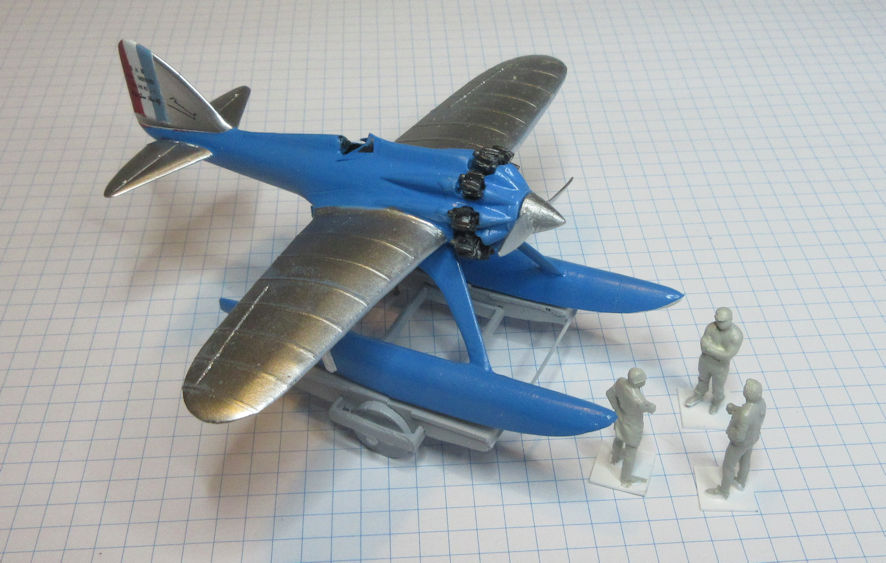
In comparison to the challenge of those two earlier kits, this Hobby Boss 1/72 Vought A-7A was made straight out of the box. About half the plastic in the box is the ordnance to go under the wings but I think that bombs and rockets tend to conceal the aesthetics of the aeroplane itself so I didn’t use them. The challenge with this model was to use old Microscale decals that were not designed to fit on this kit. This involved me in a great deal more effort than you would normally put into a model made straight from the box. I used SMS paints on this model, the Light Gull Grey upper surfaces seem a little lighter than the previous paints in that shade that I’ve used and the Insignia White for the undersurfaces seemed a little more yellowish than any white I’ve used on a US Navy model, but it seems to work to my eyes.


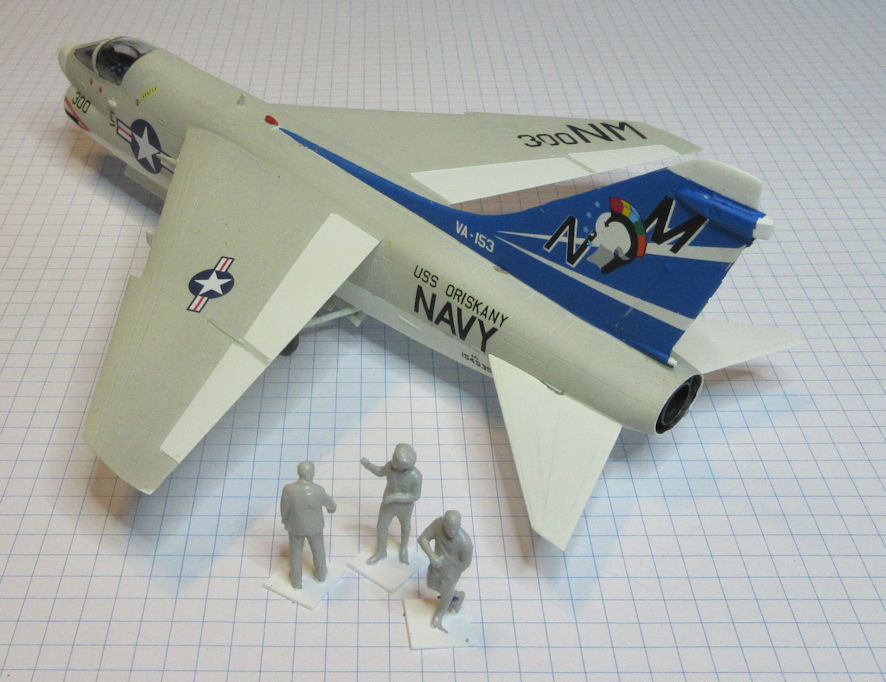
From the time vault
When I made this model of the Douglas F4D-1 from the Airfix 1/72 back in 1988 I was in the grip of Advanced Modellers Syndrome, hence all the moving control surfaces and folded wings. Note how this version of Light Gull Grey, which was probably Modelmaster enamels, is darker than the SMS Light Gull Grey on the A-7A.

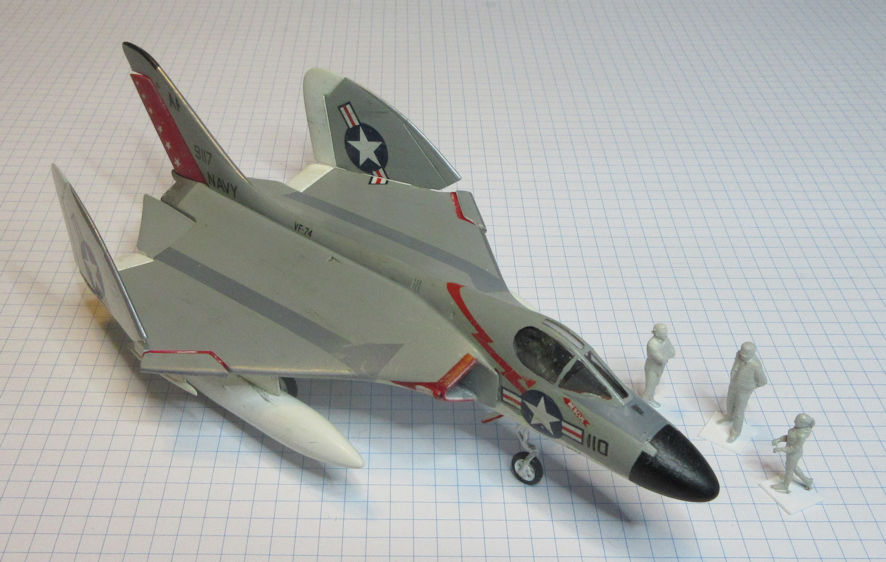

This model of the Douglas A-4M, made from the Fujimi 1/72 kit, was made a year later in 1989 and was an experiment in hand painting the multi tone greys that began appearing on US Navy and Marine Corps aircraft around this time. I must have been recovering from my bout of Advanced Modellers Syndrome by this time because there is little additional work done on this model.
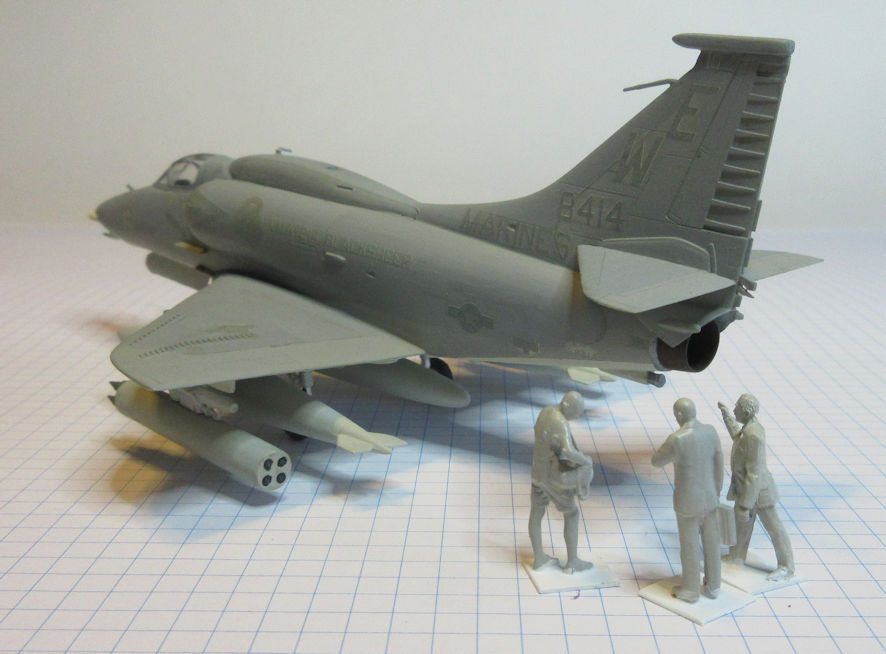
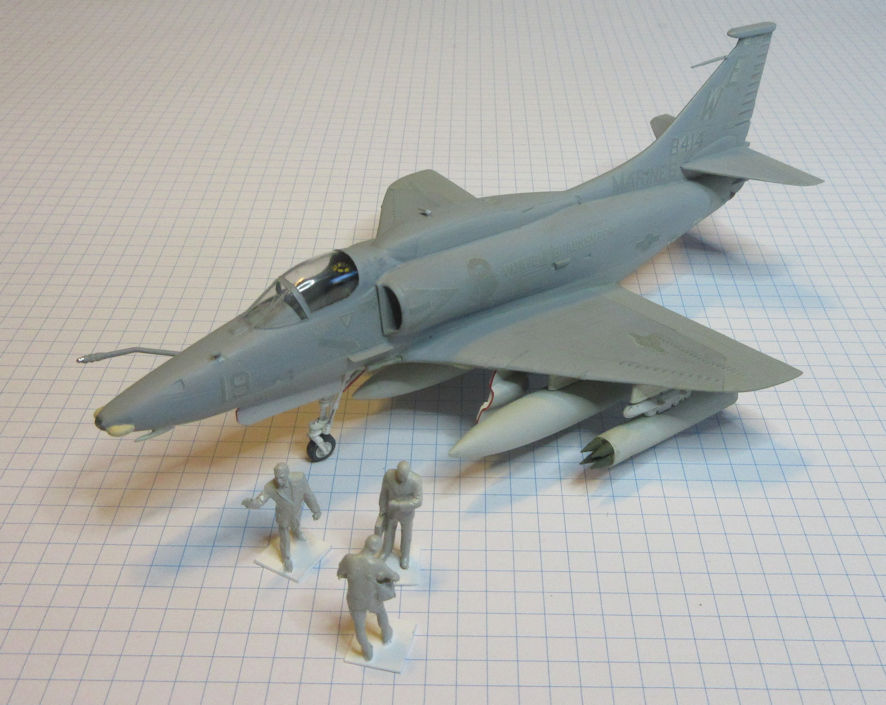

The German kit maker Huma produced a good range of the less well known German aircraft, mainly from the Second World War Period. For its time, around 1989, this was an excellent kit with a full and useful instruction sheet and good decals. It was, as I recall, a very pleasant kit to assemble and paint.



